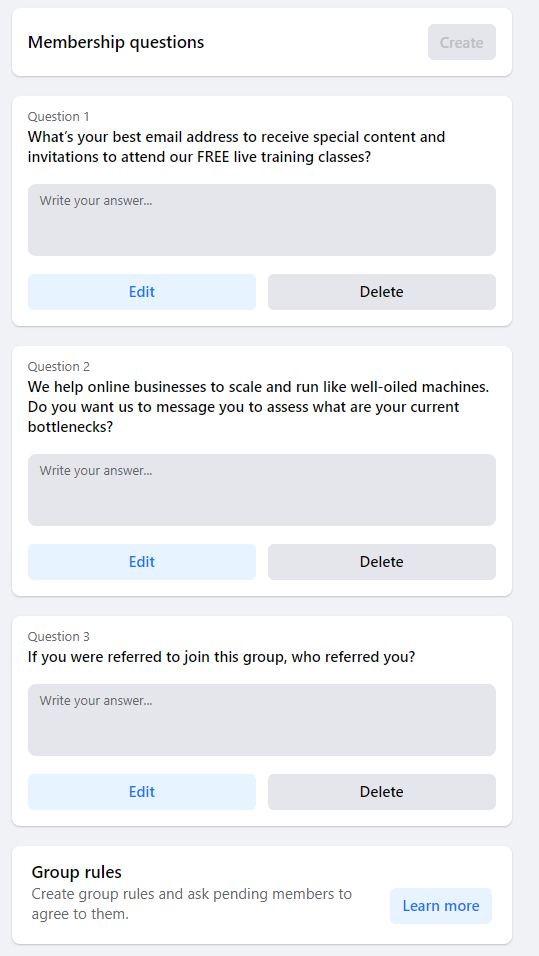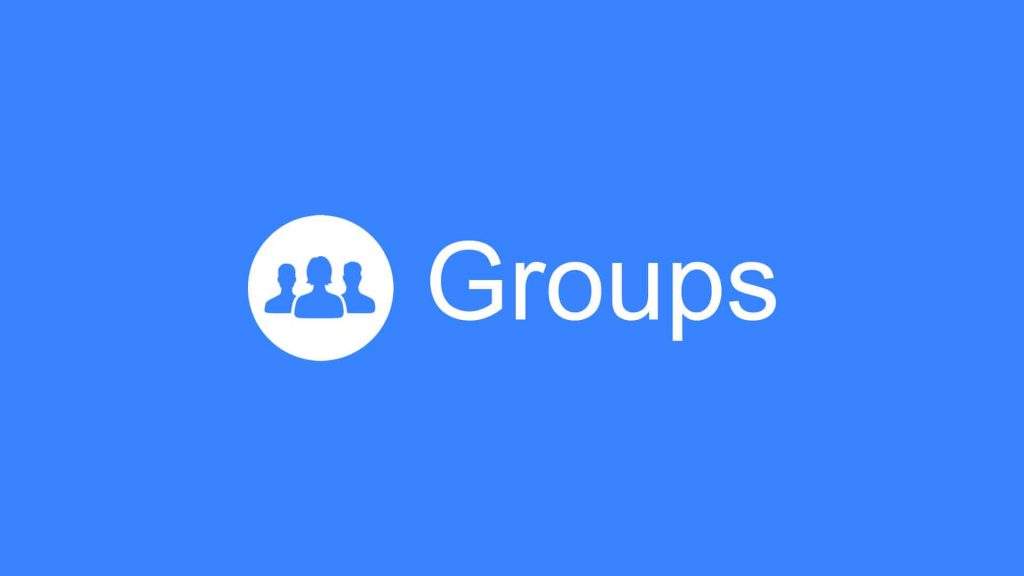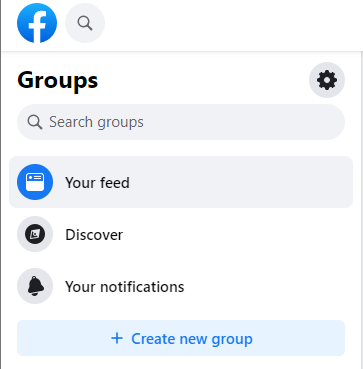Groups has been a key feature of the Facebook ecosystem since its release in October of 2010. Since then, it has been a great place to organize, chat, and share your business. Let’s talk about the features of Facebook Group and how they could help you.
First of all, Facebook Groups is a free feature for any Facebook user. It’s as simple as logging in, clicking Groups, and then clicking “+ Create new group”.
From there, you have a ton of great features at your disposal. Much like your personal pages, you can post different types of content. Posts with bright colors, media attached, polls, events, and files can all be added.
To help keep your Groups page “clean”, the administrators can assign moderators to help watch what is posted and determine if it should be on your page. If someone is particularly knowledgeable but not involved with your business, you can give them badges signifying that they are a group expert or rising star to give them credibility.
And all of this, being in the Facebook environment, means they are notified about just about everything.
So how are Facebook Groups and all of their fun tools good for your business? Groups are a great place to direct a community of people that want to learn from you, but may not be ready to commit(basically lead generation). You can offer free content, chat with those who want it, and direct them through your setters funnel.
There are some downsides though. Facebook groups are great for creating leads, but the group itself cannot be monetized. There are some other tools we will talk about in a minute that are better for your community of actual clients.
Facebook also you to request that new members applying to join fill out a series of “Membership questions”. While this is a great tool to connect emails of new members and add them to your list of potential leads, you cannot automate the record creation of these answers and they cannot be seen after the person has been accepted or declined. To get around that, we manually review document answers and then accept new members.

Finally, the biggest downside is that anyone who joins will need a Facebook account, and some people are just against having a Facebook account. This could limit your reach in the long run as Facebook has seemingly hit a wall with new users.
Other options for groups include Circle, groups.app, and Hivebright. Out of these, we have really come to love Circle. So’s platform, ease of use, and monetizability. Though our recommended level cost $99 a month, you can easily recoup this with just a few paying users.



